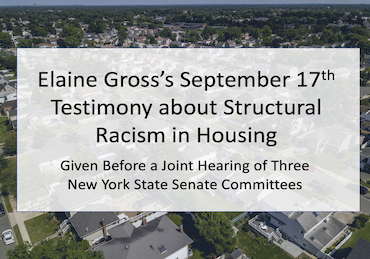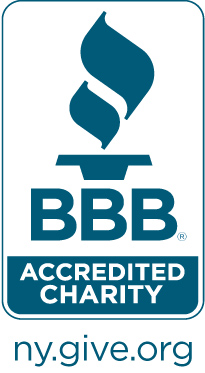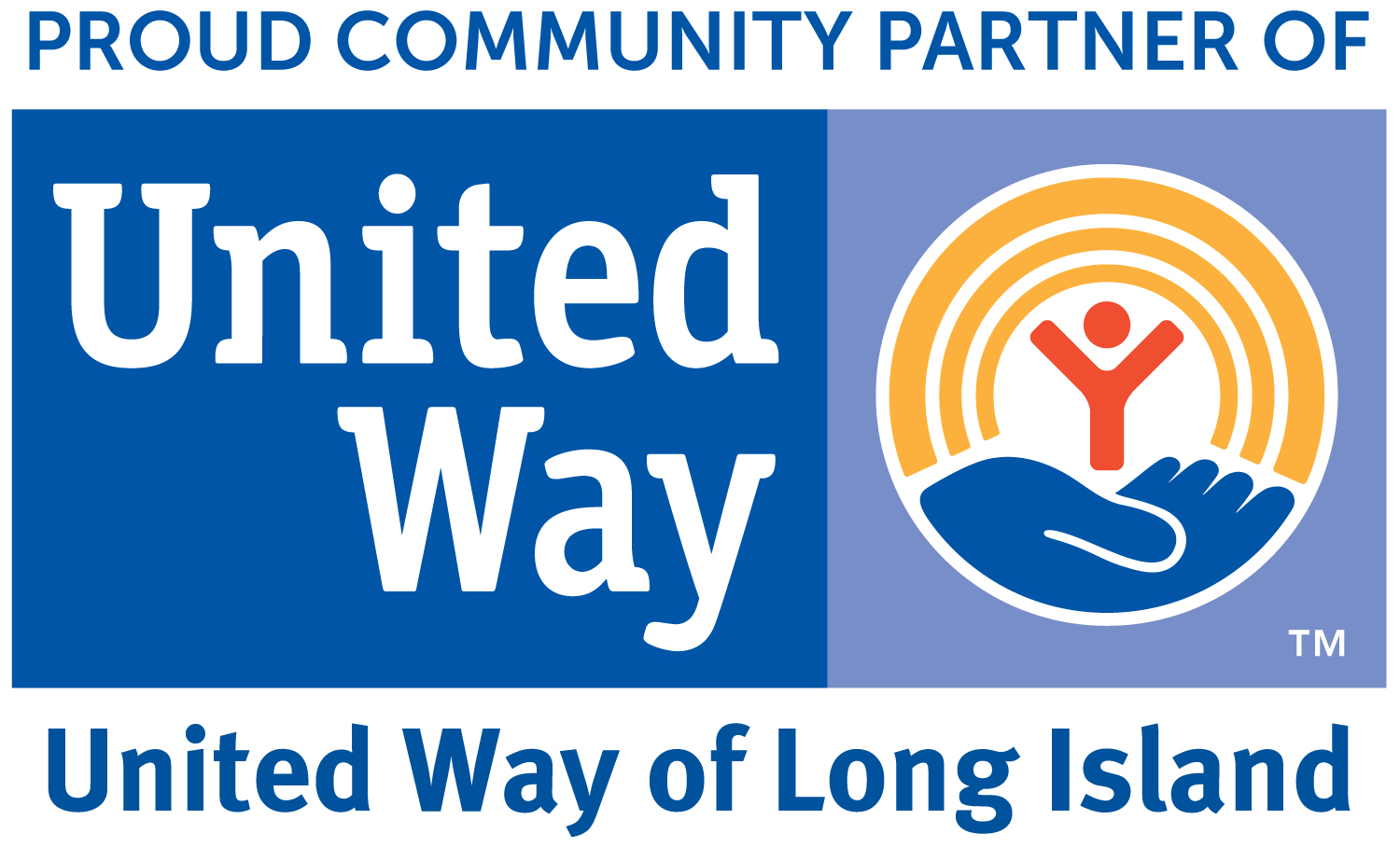
Testimony of Elaine Gross, President of ERASE Racism
Before a Joint Hearing of Three New York State Senate Committees:
Committee on Housing, Construction and Community Development;
Committee on Investigations and Government Operations;
Committee on Consumer Protection
September 17, 2020
Committee Chairs, Members of the Committees, I am Elaine Gross, President and CEO of ERASE Racism, the regional civil rights organization, based on Long Island, that exposes and addresses the devastating impact of historical and ongoing structural racism in our region and in the nation, particularly in housing and public school education. Structural racism is the historical and ongoing racial discrimination, segregation, and marginalization, of African Americans in particular, that is typically instigated or sanctioned by government.
Long Island is renowned as the model of the post-World War II American suburb, and that model was itself an example of structural racism – with Levittown in Nassau County built exclusively for white veterans returning from World War II. Black veterans who returned from the exact same fight for America abroad could not share in that dream at home. Levittown homes even had racial covenants that prohibited white homeowners from reselling their homes to people who were not Caucasian.
The problem that you are examining today – structural racism, as it relates to housing – is, therefore, not new to Long Island. But it is a problem that deserves a relentless commitment to eradication. I applaud you and your Committees for continuing your attention to this issue, and I am pleased to have this opportunity to speak with you today about it – and the need for statewide action.
Significant developments have brought new attention to this issue since the publication last November of Newsday’s landmark three-year study “Long Island Divided,” which made unavoidable the reality of housing discrimination by realtors against people of color seeking to buy homes on Long Island. It mirrored an earlier study by ERASE Racism that found similar discrimination against Blacks seeking to rent homes on Long Island.
First, the COVID-19 pandemic has highlighted the enormous racial disparities evident in who is most impacted by it – with African Americans and Latinx people disproportionately affected. On Long Island, the age-adjusted death rate per 100,000 people currently stands at 60.9 for white people, 68.8 for Asian people, 124 for Hispanic people, and 181.2 for Black people. That means that for every white person who dies of COVID-19 on Long Island, three Black people die.
It is also crucial to note the overlap between COVID-19 hotspots and majority-minority neighborhoods: those same neighborhoods – namely, Huntington, Hempstead, and Brentwood – that Newsday found realtors steered Black people towards and white people away from.
Second, the tragic killings of George Floyd in Minneapolis and Breonna Taylor in Louisville have generated a nationwide discussion about the inhumane actions of police officers against African Americans, resulting in maiming and needless deaths, for which the perpetrators and the departments are not held accountable. As I described in a June 4th commentary for The Hill – titled “Underlying America’s Unrest is Structural Racism” – there is a long history of government-sponsored violence against Blacks where police commit the acts of violence, encourage white citizens to engage in violence, or take no action against whites who commit violence against Blacks. Today the officers committing the crimes, as well as other officers and the police departments, are frequently all held blameless.
The National Association of Real Estate Boards and various local boards were the original creators of racial covenant documents, upheld by the US Supreme Court, and they practiced strict racial discrimination to maintain racially segregated communities. That practice was made ubiquitous throughout the country by the federal policy of housing segregation, building upon the tools of the realtors and formalizing housing policy that redlined those communities where Blacks lived and thereby precluded mortgages and other investments by Black people. The communities impoverished by redlining are often the same communities where police feel entitled to kill residents.
Third, the Trump administration has undermined fair housing by eliminating the federal rule Affirmatively Furthering Fair Housing and proposing to eliminate the Discriminatory Effects Standard (commonly known as Disparate Impact). That Standard prohibits unjustified policies or practices that have a disproportionate adverse effect (Disparate Impact) on protected class members. Both actions have transformed the federal government’s mandated role to advance fair housing into a role that obstructs fair housing.
The exploration that your Committees are conducting into housing discrimination on Long Island – and its statewide implications – is, therefore, at the center of the most prominent public discussions taking place across our nation. Newsday’s “Long Island Divided” report and ERASE Racism’s investigation provide inescapable evidence of housing discrimination on Long Island, but we should not see these as isolated instances. They are evidence of a pervasive problem throughout the nation that must be recognized, confronted, and addressed. The work of your Committees is vitally important in that regard.
ERASE Racism in collaboration with the Fair Housing Justice Center has created a five-point plan to address widespread residential racial discrimination in New York. The five elements are as follows:
First, fully utilize the licensing power of the State to better regulate real estate licensees.
Second, create a well-resourced, proactive, and better coordinated fair housing enforcement strategy.
Third, the real estate industry should take affirmative steps to ensure compliance with fair housing laws.
Fourth, affirmatively further fair housing in all housing and community development activities at the local, state, and federal levels. The recent federal action does not preclude this; it simply no longer requires it.
Fifth, New York State should implement fair housing legislative initiatives, policy changes, and support for programs that expand access to housing opportunities in all neighborhoods.
Those five points should be our statewide mantra. We should keep repeating them and hold proposed actions up against them to see what progress is being made.
Some notable State action has recently taken place, and more is in the works. In August, for instance, New York State enacted S6874-A –
introduced by Senator Gaughran– a vital piece of legislation to reduce housing discrimination. The legislation explicitly granted the Department of State the authority to discipline real estate professionals found to have violated provisions of the state Human Rights Law by fining them, suspending them, or revoking their real estate license. As I stated publicly at the time, “Governor Andrew Cuomo and the New York State Legislature deserve praise for correcting an extraordinary oversight in State law by enacting this important and much-needed legislation. Now the Department of State will have no excuse for not disciplining real estate agents and brokers who are guilty of racial discrimination in the sale or leasing of housing in New York.”
Several additional bills put forward by State Senate members have now been introduced into the State Legislature to strengthen fair housing law enforcement and accountability. As requested, I will comment on them.
Taken together, these bills represent strong progress in the right direction. The senators have acted decisively in response to Newsday’s three-year investigation “Long Island Divided,” which found widespread discrimination in the real estate industry: 49 percent of African American testers, 39 percent of Hispanic testers, and 19 percent of Asian testers were denied the opportunity to view or buy a home in the community of their choice.
Senators, it is through your efforts and your commitment to addressing structural racism in housing with these bills that we can strike down discriminatory housing practices and modernize our communities on Long Island and across the state for the betterment of all residents.
S6713-A has been introduced by Senator Hoylman. It requires that the Division of Human Rights append a written notice to all housing assistance vouchers and other documents. The notice must describe a recipient’s right to use the vouchers to rent a home or apartment. ERASE Racism was the initial organizer of a New York State Coalition that successfully sought to amend the Human Rights Law to include legal source of income as a protected class. We celebrated the passage of that law in 2019, and we celebrate now with this bill that informs the public of their rights under the 2019 law. It was not uncommon for those seeking housing to accept the pronouncement of managers and real estate brokers and salespersons that public assistance payments and other non-wage income would not be accepted for rent. This is a game-changer for lower-income renters.
S7625 has been introduced by Senator Kaplan. It requires that the Office of the Attorney General conduct fair housing testing annually, which is a vital action. Given the severe level of housing discrimination when paired testing is undertaken, as was the case with both the testing conducted by Newsday and that conducted for ERASE Racism’s lawsuits, the full power of the Attorney General’s Office needs to be brought to bear in fair housing enforcement. It is also a sign of the strength of this bill that it would require public disclosure of testing results in a report that would be sent to the Legislature. Violations of the Human Rights Law will continue to be rampant so long as real estate agents believe that no one is paying attention and that there are no consequences for breaking the law. The Legislature’s visibility on this issue is crucial.
S8096 has been introduced by Senator Kavanagh. It casts a wide net for accountability. Any state department, agency or office administering housing laws or housing programs and any localities receiving funds from any state department, agency or office to administer programs or activities related to housing must affirmatively further fair housing and report on the meaningful actions taken in this regard. How proud we should all be that New York State is taking broad steps to further fair housing while the federal government is rolling back civil rights and recently eliminated the rule to Affirmatively Further Fair Housing. Bravo.
S7581 has been introduced by Senator Skoufis. It would amend subdivision 3 of section 441 of the real property law defining a portion of educational instruction to focus on systemic racism and how it has affected housing patterns and segregation. The Secretary of State is tasked with developing the training as defined in the amendment. The bill adds time to the required credits to include the new training. These education credits are required for license renewal. ERASE Racism, since its inception in 2001, has been providing training that focuses on understanding and addressing structural racism, including providing a historical context for current housing discrimination and racial segregation. Our expertise has been utilized by corporations, nonprofits, schools, colleges, and religious organizations. We certainly appreciate the wisdom of this bill and will champion its passage. Call on me, if I can be of assistance.
S7632-A has been introduced by Senator Thomas. It aims to deter violations of the Human Rights Law in relation to fair housing by increasing penalties related to claims brought by the Commissioner of the New York State Division of Human Rights as well as those brought by the Attorney General in relation to patterns and practices of discriminatory conduct. This bill will deter violations. People may not care about doing the right thing from a moral standpoint, but sometimes they will alter behaviors to avoid economic hardships. This bill is the lynchpin to the fair housing enforcement actions of the senate. I am grateful for the bold action.
Finally, a primary culprit in perpetuating housing discrimination in New York is the State’s adoption of “home rule,” delegating specific powers to local municipalities, including control of land use, which enables exclusionary zoning. Long Island’s two counties include 13 towns and 97 incorporated villages, creating a municipal fragmentation that divides rather than unites. A recent paper that I wrote for the NYU Furman Center on “Housing Discrimination and Local Control” explores the impact of local control in greater detail.
Thank you again for the opportunity to testify today. I welcome your intervention in these issues. Fair housing should be a right in New York. At present, it is not.
Thank you.
___________
Click here to download a PDF of the testimony.









